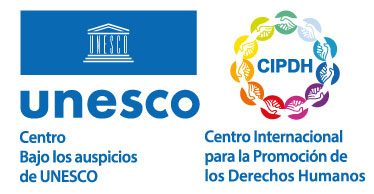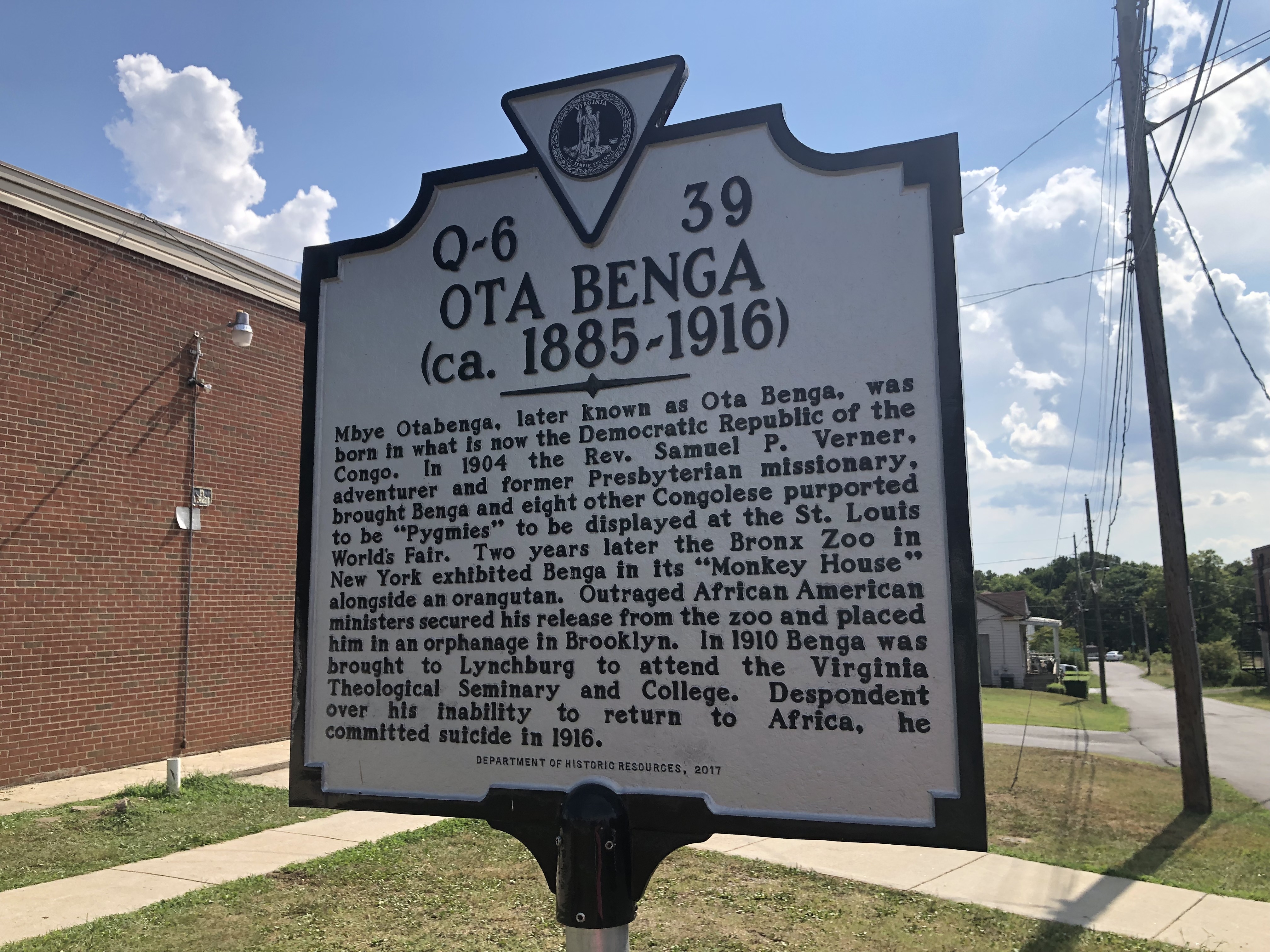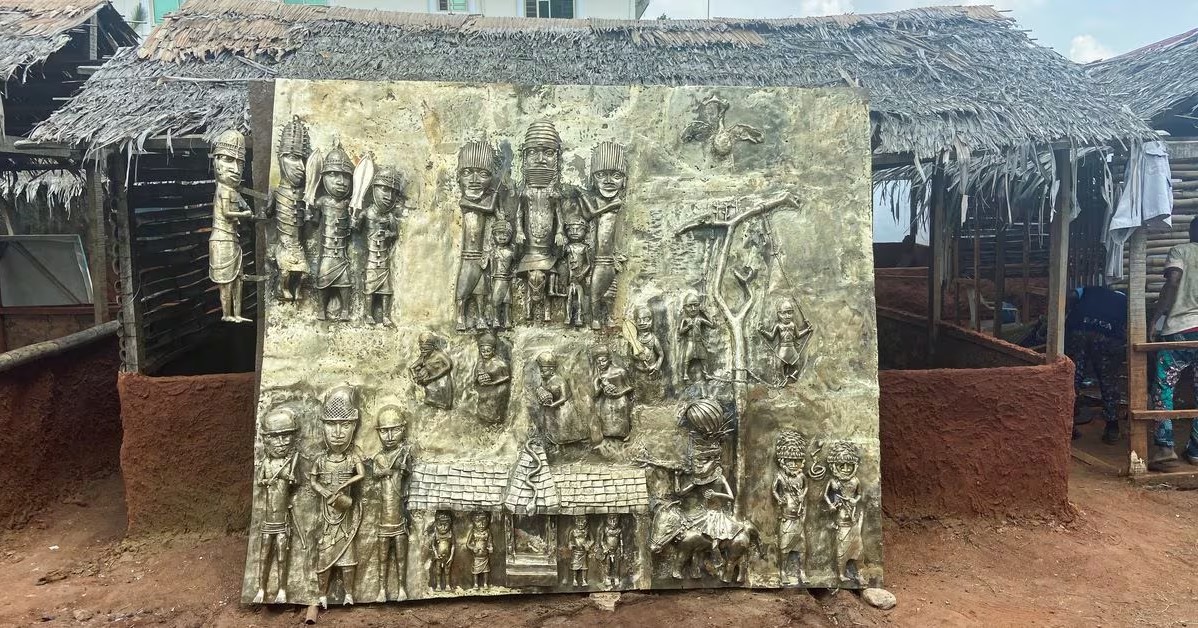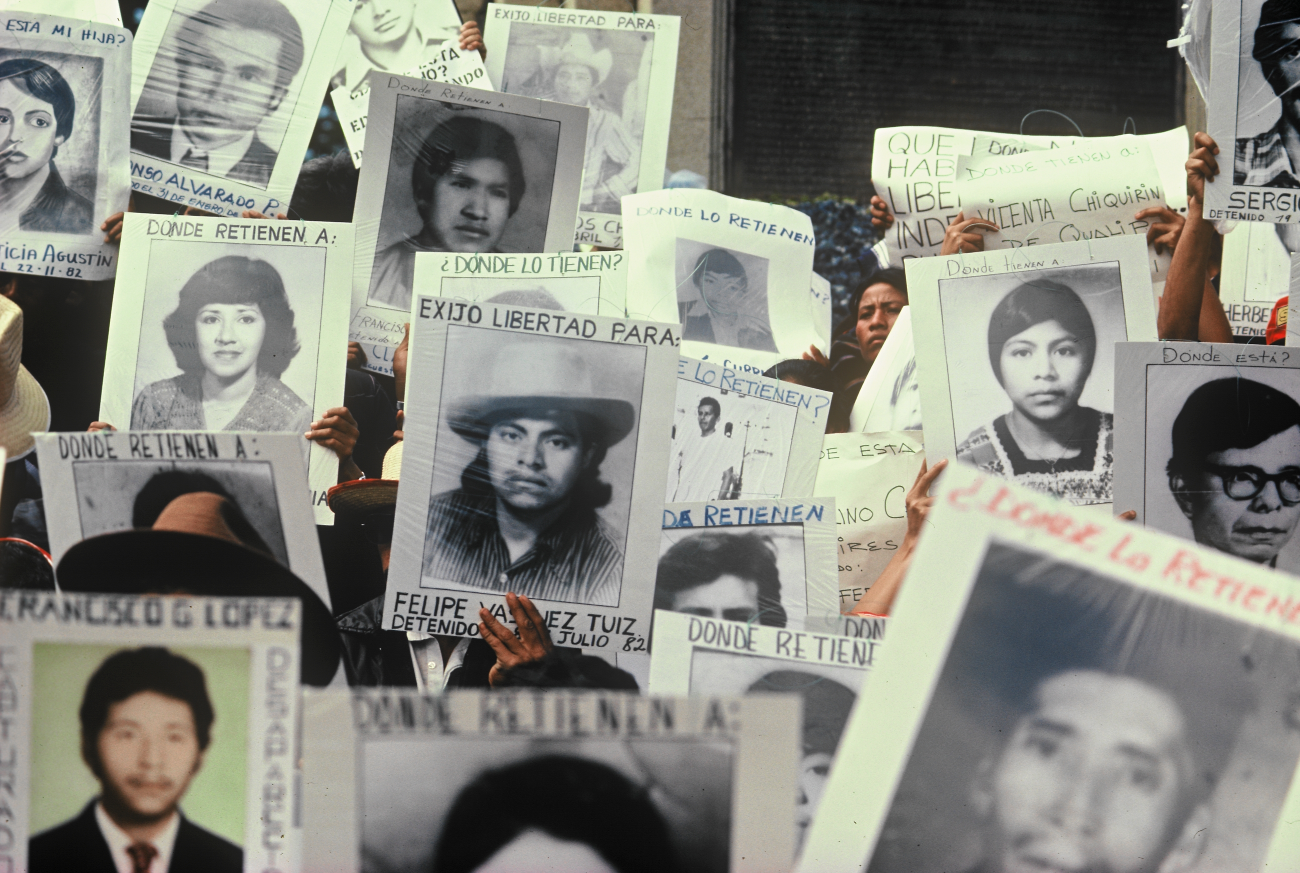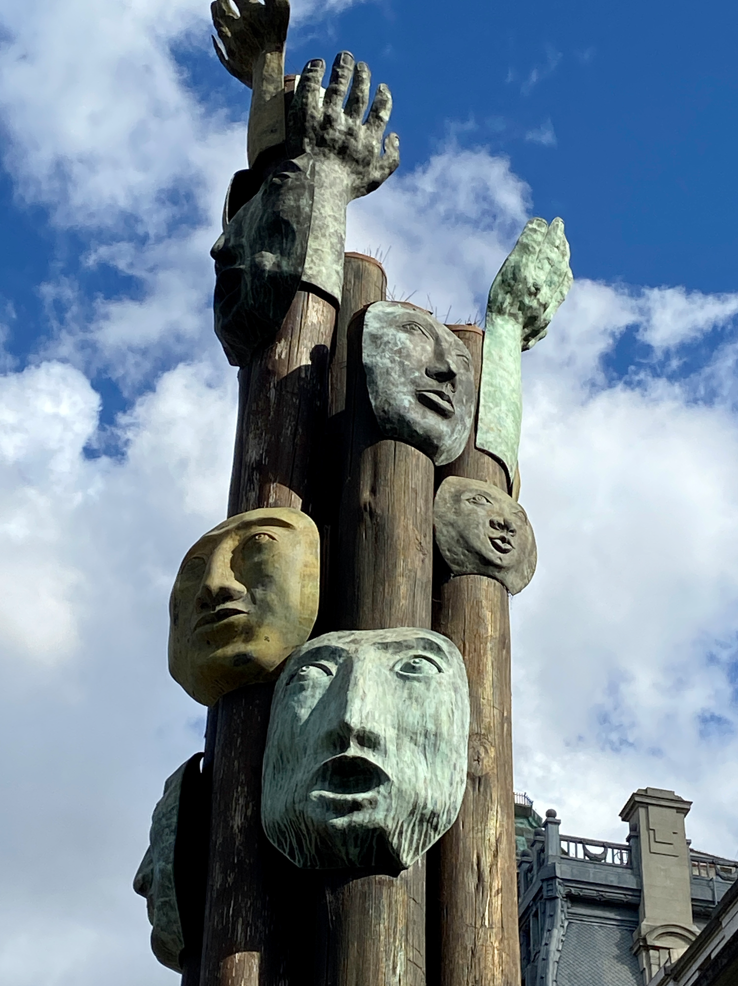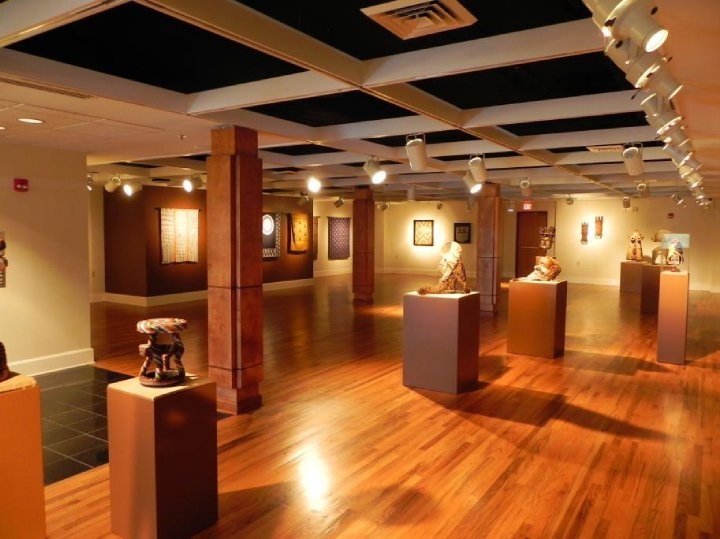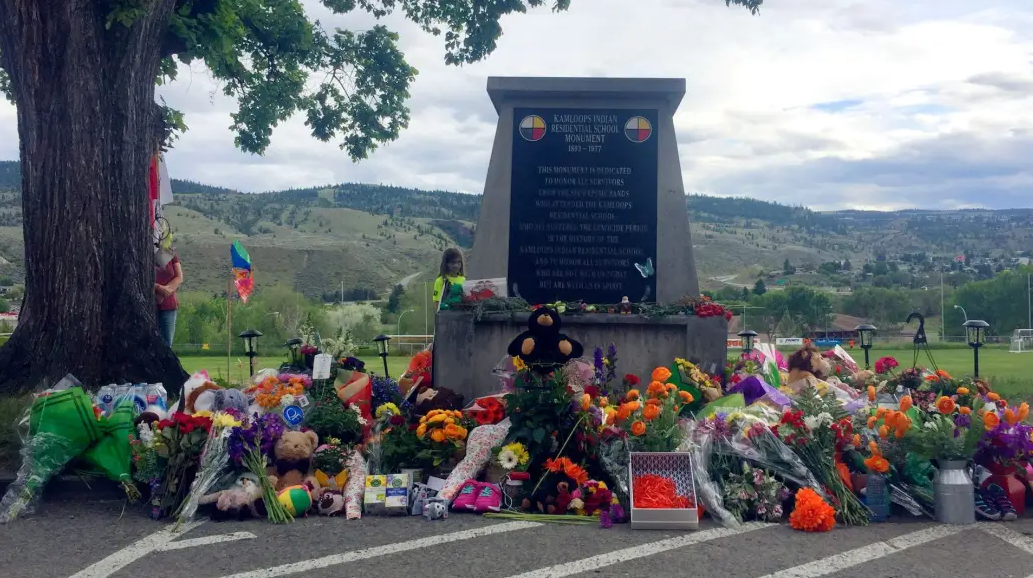Bisesero Genocide Memorial Site
Site
Theme: Genocide and/or Mass Crimes

Address
Road Karongi-Rusizi
Country
Rwanda
City
Bisesero
Continent
Africa
Theme: Genocide and/or Mass Crimes
Purpose of Memory
The Memorial remembers both the massacre and the resistance of the Tutsis at the site of Bisesero.
Institutional Designation
Bisesero Genocide Memorial Site
Date of creation / identification / declaration
1998
Public Access
Free
UNESCO Connection
2012: Registered in Rwanda’s Tentative List of UNESCO's World Heritage Site.
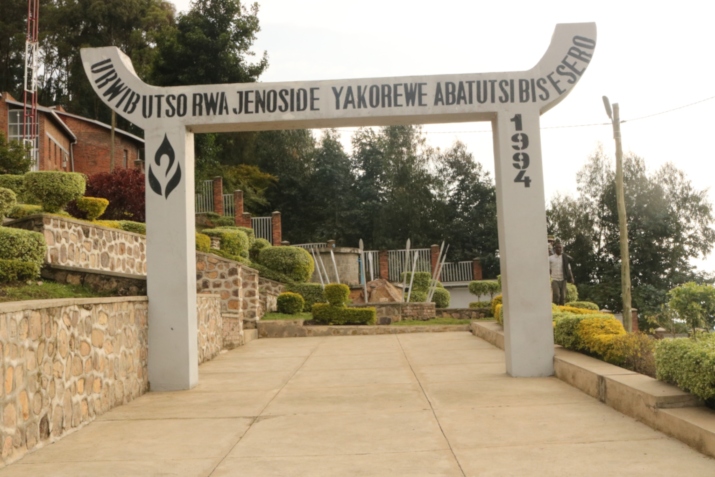
Location description
The Bisesero Genocide Memorial is located on top of the Muyira hill. At the entrance, there is an arch with the inscription Urwibutsorwa Jenoside yakorewe Abatutsi Bisesero 1994 (Memorial of the genocide perpetrated against the Tutsis in Bisesero in 1994, in Kinyarwanda language), a monument and a reception space. A stairway connects different mass graves located on the top with three houses that keep the bone remains of the victims. Every April 7th, a commemoration takes place in Bisesero. The date marks the beginning of the 1994 genocide perpetrated against members of the Tutsi minority.
The population of Rwanda basically consists of three ethnic groups: Hutus, Tutsis and Twas. By the end of the 19th century, European colonists relied on the Tutsi minority to create the colonial system. With the process of decolonization that took place in the 1950s, ethnic conflicts between Hutus and Tutsis began.
The assassination of Rwandan President Juvénal Habyarimana, on April 6, 1994, gave rise to a few weeks of intense massacres perpetrated by the Hutus against the Tutsis. It is estimated that more than one million people were killed and around two hundred thousand were victims of sexual violence and torture, in what is known as the Rwandan Genocide.
In May 1994, thousands of Tutsis sought refuge in the hills of Bisesero where, despite the lack of resources, a resistance was organized in which tens of thousands of people were killed and only less than two thousand survived.
Pursuant to resolution 955 of November 8, 1994, the United Nations Security Council established the International Criminal Tribunal for Rwanda “for the sole purpose of prosecuting persons responsible for genocide and other serious violations of international humanitarian law committed in the territory of Rwanda and Rwandan citizens responsible for genocide and other such violations committed in the territory of neighboring States.”
The work on memory in Rwanda gained momentum in the first decade of the 21st century with the change of the political regime. In 2001, a new anthem and a new flag were created, and in 2003 a new Constitution was adopted that makes reference to the genocide against the Tutsis. In this period, laws that punish genocide denial and that define the conditions to manage commemorative monuments were enacted. In 2008, the policy of memory on genocide was officially adopted. With the intention on behalf of the government to internationalize the memory of genocide, in 2012, Bisesero and other three sites were proposed to become part of the UNESCO World Heritage: Gisozi (City of Kigali), Murambi (Province of the South) and Nyamata (Province of the East). These places, considered as national monuments in Rwanda, are mostly administered by the National Commission for the Fight against Genocide.
In the fourth commemoration of the genocide, in April 1998, the Rwandan President laid the first stone of the monument of Bisesero. The site is located in front of the Muyira hill, where the resistance was organized. The architectural complex is organized around a stone path, which allows visitors to gradually climb to the top of the hill by passing under a large arch, originally white and purple (the color of mourning). On the right, a pile of stones holds nine spears, representing resistance. The path that begins to shrink, symbol of the resistance that was defeated, connects three buildings with bone remains, representing the three hills from where refugees came, which, at the same time, have nine rooms, emblems of the nine communities of the Kibuye prefecture. At the top are the graves where most of the victims were buried.
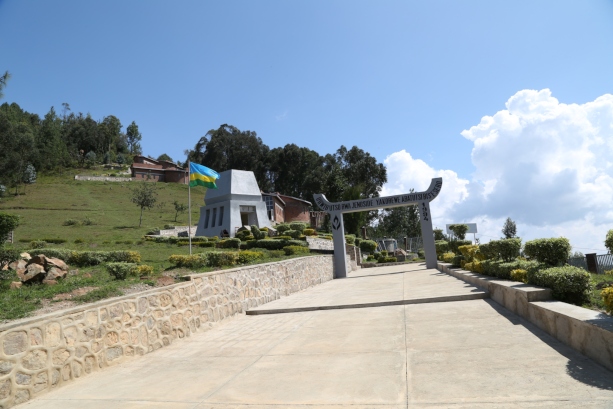
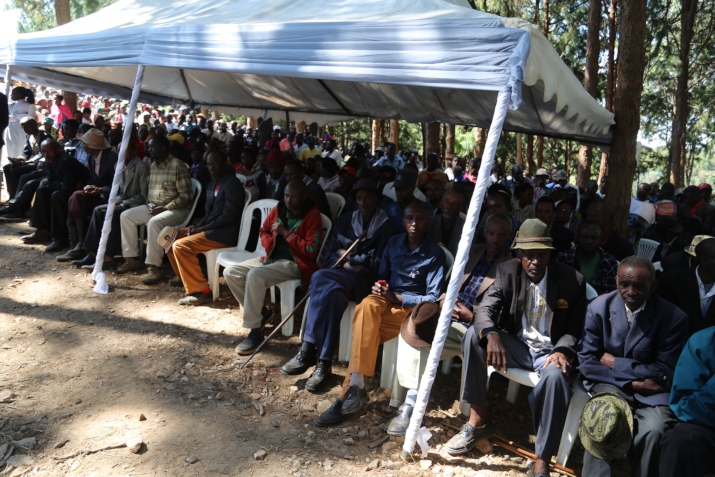
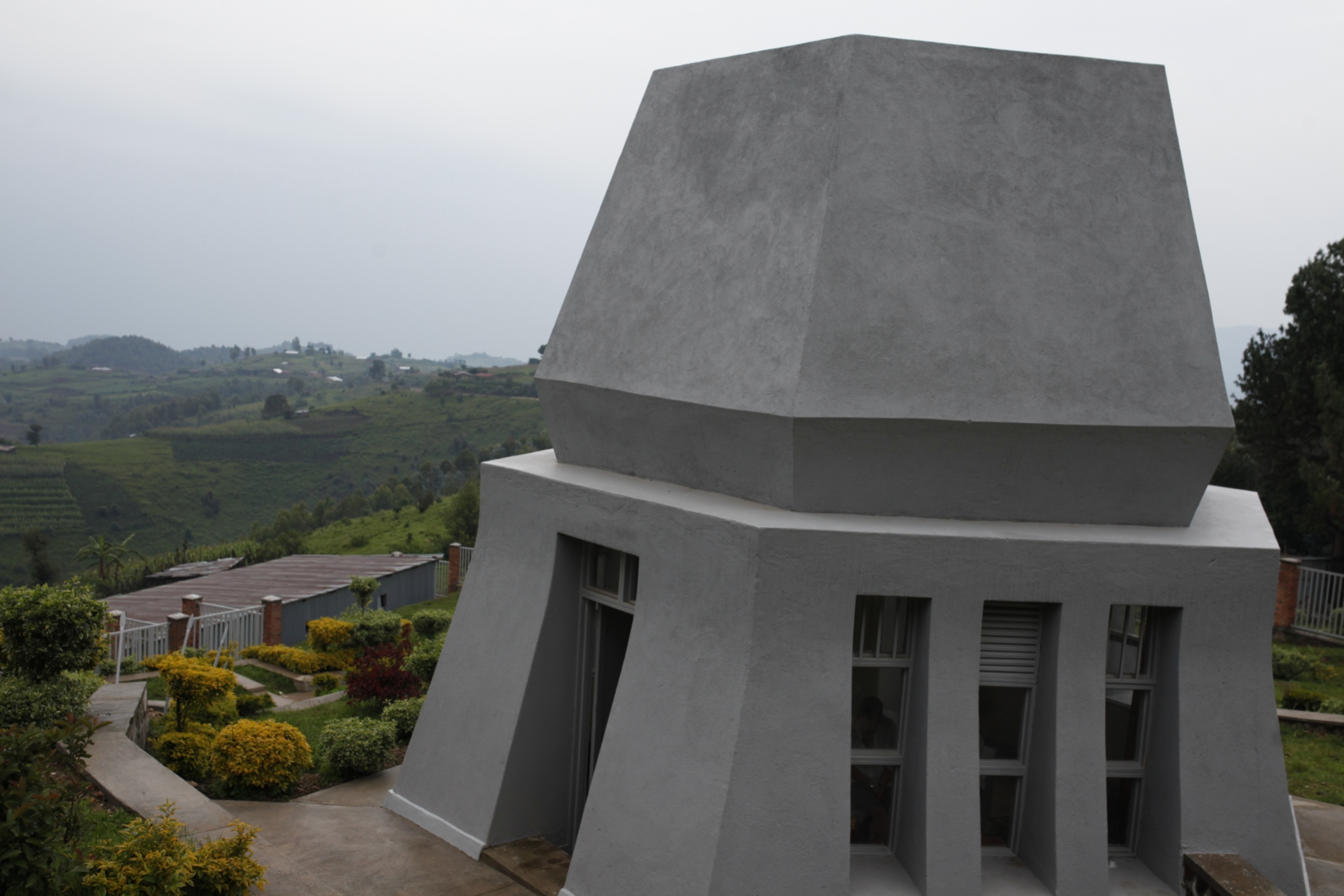
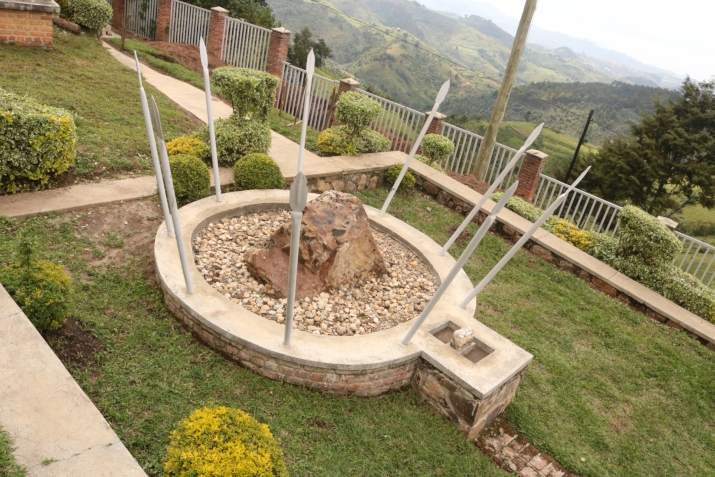
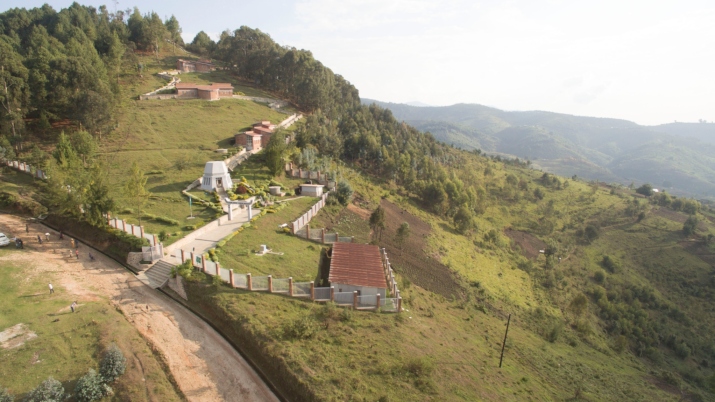
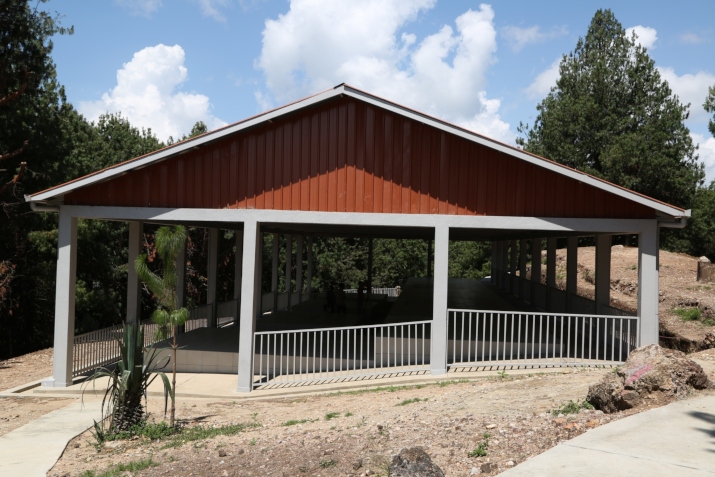
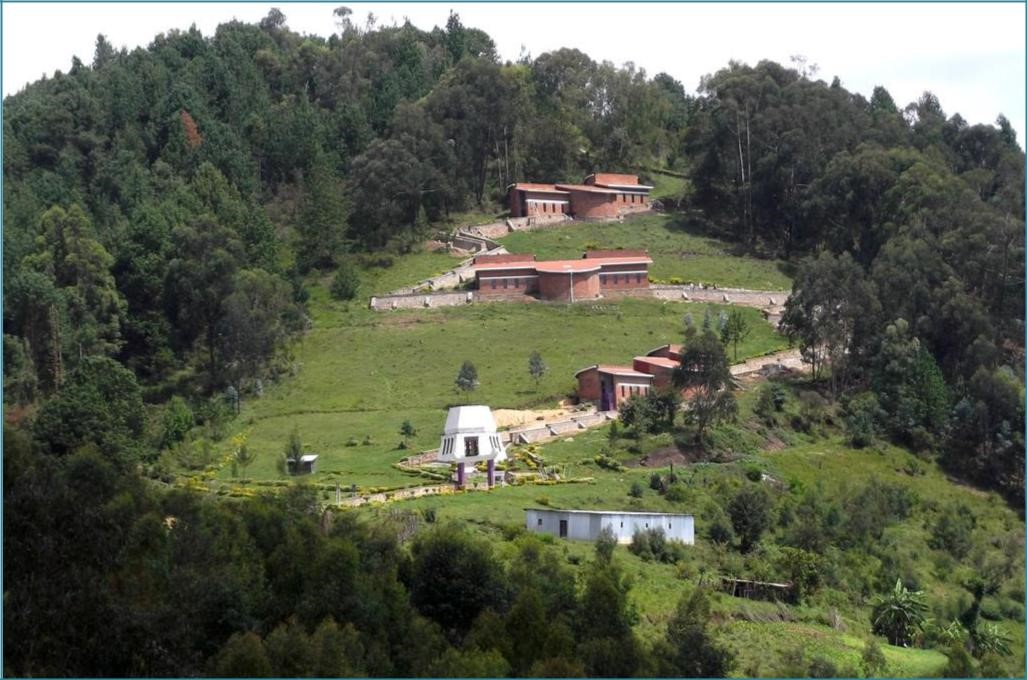
Organization in Charge - Main Referent
National Commission for the Fight against Genocide
